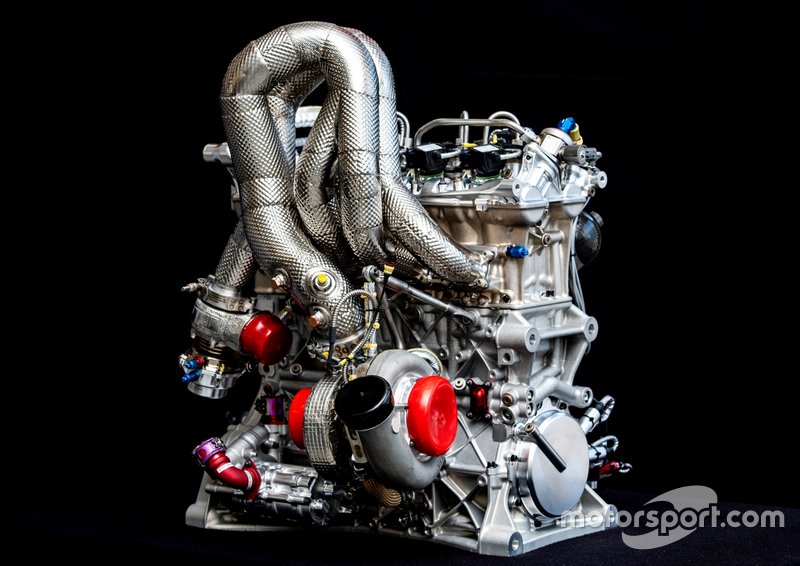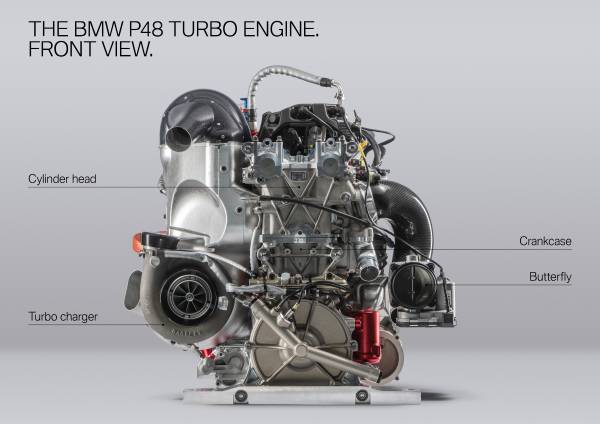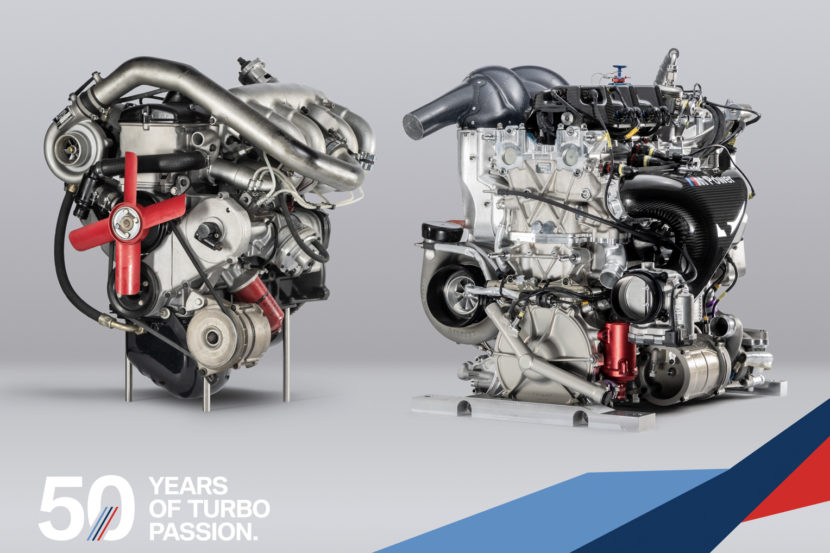Tfrasca
Active member
- Joined
- Apr 20, 2015
- Location
- Ben Lomond, CA
just invent a variable length intake manifold a-la the old SHO's.
I'll also make a variable width brake booster to make room for the runners when they're longer.
If you want to go down a deeper rabbit hole, check out the Induction article at Grape Ape Racing. Build some spreadsheets, and go to town. If you understand the assumptions made, and Helmholtz resonators, you can make some pretty accurate intakes.
https://grapeaperacing.weebly.com/technical-articles.html
Oof. I'll check that stuff out, but I want to get this thing done some time in 2020. I tend to get overwhelmed and do nothing when I learn about the correct way to do things...




